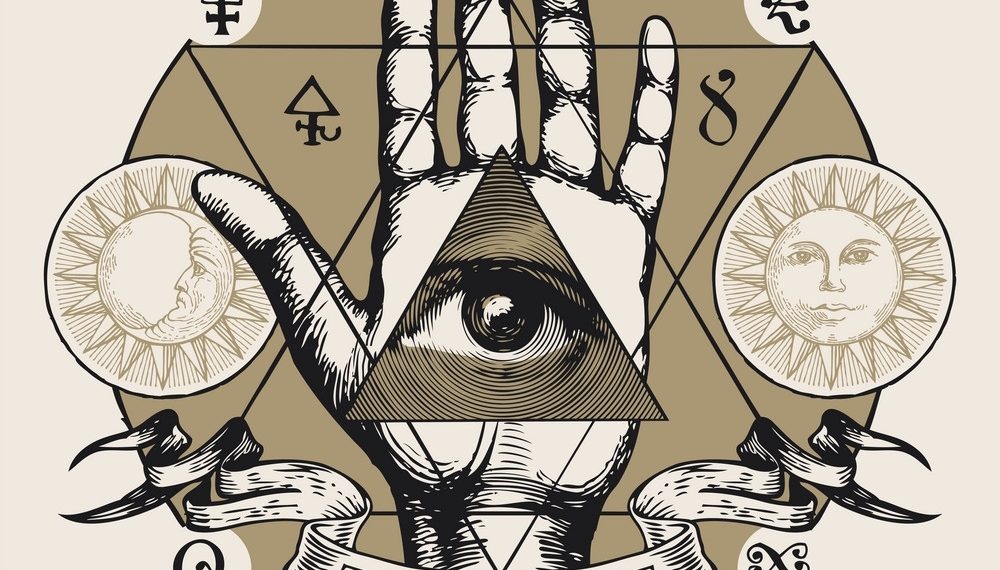The tallest landmark in Bristol, England, the centuries-old Church of St. Mary the Virgin, otherwise known as St. Mary Redcliffe, is a gothic architectural masterpiece, once praised by Elizabeth I as, “The fairest, goodliest and most famous parish church in England.”

In a sign of the times, however, the venerable Anglican house of worship is undergoing a major overhaul as four new stained glass panels depicting contemporary scenes are replacing the previous ones that honored notorious 17th-century slave trader Edward Colston. A statue of Colston was removed and dumped into Bristol Harbor three years earlier during protests in support of the Black Lives Matter movement.
The new windows “depict a crucial aspect of our shared Bristolian history as neighbors, and reference a relevant aspect of the character of Christ,” according to Ealish Swift, the creator of the panels. The windows show a non-white Savior in human rights settings—including one as a participant in the Bristol Bus Boycott of 1963 which protested the refusal of the city’s bus company to employ black or Asian crews; another depicting Him on a Bristol slaving ship, and another as a child refugee in a migrant boat.
Swift, a junior doctor at a Bristol hospital who won a competition for the honor of creating the new panels, said that for her designs she drew upon “the deep and complex history of Bristol, from atrocities of the past to modern-day concerns, to remind us of the journeys of our neighbors and how we have come to be together at this moment, looking forward towards a shared future.”
“Jesus is depicted as multiple ethnicities to counter the Anglocentric narrative of ‘white Jesus’, and running water flows between the panels to center the designs in the seaport city of Bristol,” she added.
In a meeting of past and present, permission for the change came from the Consistory Court of the Diocese of Bristol, founded half a millennium ago for the hearing of offenses such as sexual immorality, blasphemy and clerical wrongdoing. Diocese chancellor Justin Gau said of the decision that “the historical behavior of [the church] in excusing the life of Colston. . .is a sin. To encourage parishioners to look at a memorial to a slave trader and to be encouraged to ‘Go thou and do likewise’ is not only grotesque but entirely contrary to the Gospel command to love one another.”
“Go thou and do likewise,” a quote from the end of the story of the Good Samaritan, was also the Colston family motto and was emblazoned on the now-removed panels. Colston was involved in the kidnapping of over 84,000 slaves from West Africa to the New World in the dozen years of his stewardship as senior official in the Royal African Company from 1680 to 1692.
The new panels also take a quote—a different one—from the Good Samaritan story: “And who is my neighbor?” The viewer is encouraged to reflect upon that question as it applies to their own life.
_______________
From its beginnings, the Church of Scientology has recognized that freedom of religion is a fundamental human right. In a world where conflicts are often traceable to intolerance of others’ religious beliefs and practices, the Church has, for more than 50 years, made the preservation of religious liberty an overriding concern.
The Church publishes this blog to help create a better understanding of the freedom of religion and belief and provide news on religious freedom and issues affecting this freedom around the world.
The Founder of the Scientology religion is L. Ron Hubbard and Mr. David Miscavige is the religion’s ecclesiastical leader.
For more information, visit the Scientology website or Scientology Network.
DOWNLOAD THE WHITEPAPER

